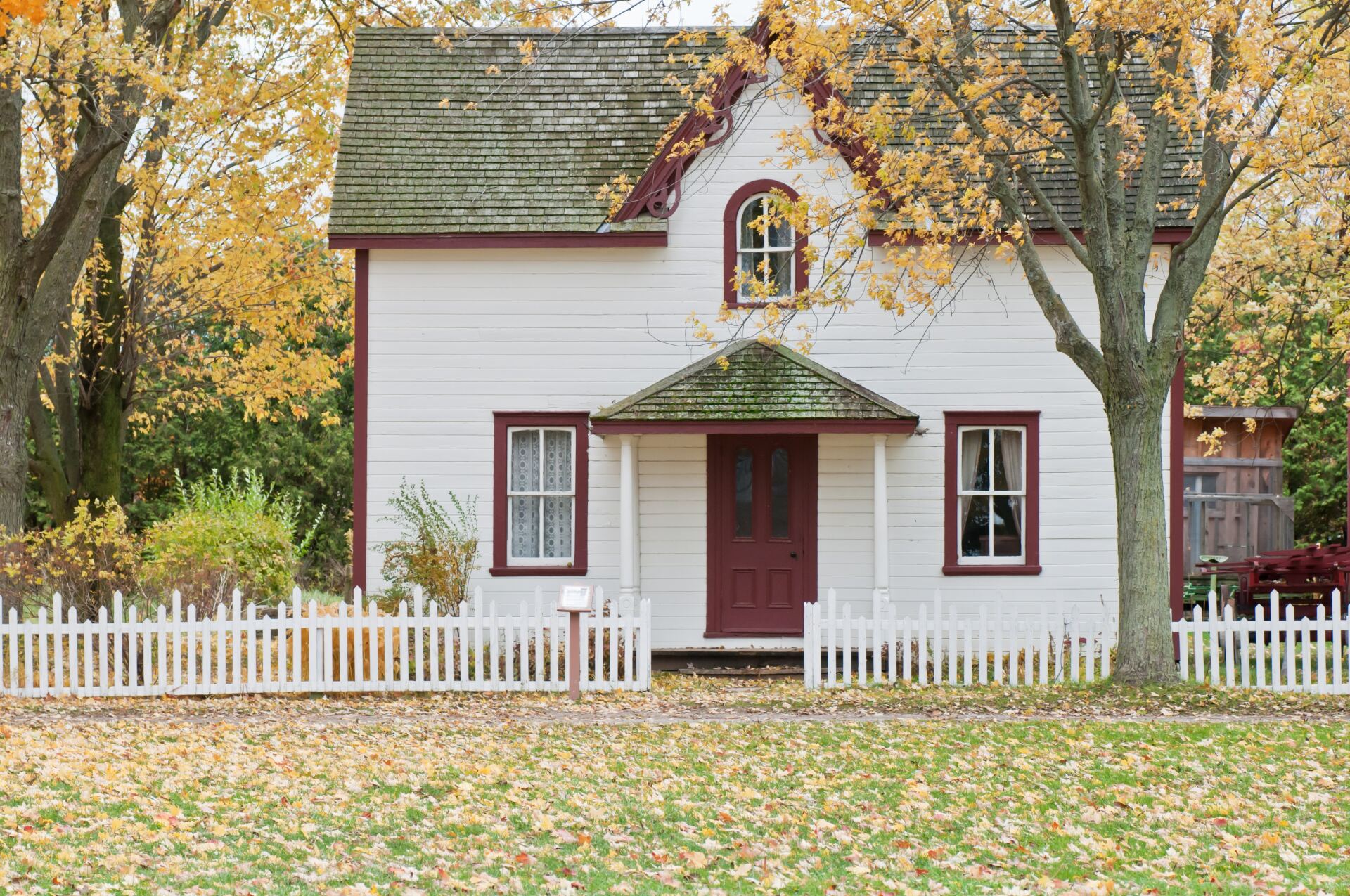The Ins and Outs of Mortgage Refinancing: A Beginner's Guide
Mortgage refinancing is the process of replacing an existing mortgage with a new one, typically with better terms and conditions. It allows homeowners to take advantage of lower interest rates, change the loan term, or convert from an adjustable/variable rate mortgage to a fixed-rate mortgage.
There are many reasons why homeowners may consider refinancing their mortgage. Some of the most common reasons include getting a lower interest rate, shortening the loan term, or consolidating debt. A lower interest rate can save homeowners thousands of dollars over the life of their loan, while shortening the loan term can help them pay off their mortgage faster. Consolidating debt allows homeowners to combine high-interest credit card balances or other debts into their mortgage, making it easier to manage their monthly payments.
This blog aims to provide a comprehensive guide to understanding and navigating the mortgage refinancing process. We will take a closer look at what mortgage refinancing is, the reasons why homeowners may consider it, and the process of refinancing. We will also discuss the costs associated with refinancing and how to weigh the costs against the benefits. Our goal is to empower homeowners with the knowledge and tools they need to make informed decisions about refinancing their mortgage.
What is Mortgage Refinancing
Mortgage refinancing is the process of replacing an existing mortgage with a new one, typically with better terms and conditions. It is a way for homeowners to take advantage of lower interest rates, change the loan term, or convert from an adjustable/variable rate mortgage to a fixed-rate mortgage. This can help homeowners save money on their monthly mortgage payments, pay off their mortgage faster, or consolidate their debt.
The process of mortgage refinancing begins by applying for a new mortgage loan. The lender will review the homeowner's credit history, income, assets, and the value of their property. If the homeowner is approved, the lender will issue a new mortgage loan, which will be used to pay off the existing mortgage. The homeowner will then be responsible for making payments on the new mortgage loan according to the terms and conditions agreed upon.
There are two main types of mortgage refinancing: rate and term refinancing. Rate refinancing is when a homeowner refinances their mortgage to get a lower interest rate. This can help them save money on their monthly mortgage payments and pay off their mortgage faster. Term refinancing is when a homeowner refinances their mortgage to change the loan term. This can help them pay off their mortgage faster or lower their monthly mortgage payments.
Reasons to Refinance
One of the most common reasons homeowners choose to refinance their mortgage is to get a lower interest rate. A lower interest rate can also help homeowners pay off their mortgage faster, as more of their monthly payment goes towards paying down the principal balance.
Another reason homeowners may choose to refinance is to shorten the loan term. By refinancing to a shorter loan term, such as a 15-year mortgage instead of a 30-year mortgage, homeowners can pay off their mortgage faster. This can also help them save money in the long run, as they will pay less interest over the life of the loan.
Refinancing can also be a useful tool for homeowners who want to consolidate their debt. By consolidating high-interest credit card balances or other debts into their mortgage, homeowners can simplify their monthly payments and potentially save money on interest. This can be especially helpful for homeowners who are struggling to manage multiple bills and high-interest debts.
It is important to note that refinancing is not for everyone, it is best to weigh the costs of refinancing against the long-term benefits. A mortgage broker or lender can help you to understand the costs associated with refinancing and help you to determine if it makes sense for your financial situation.
It is important to note that the refinancing process can be a bit complicated and time-consuming, it is always best to work with a professional mortgage broker or lender who can guide you through the process and help you understand the costs and benefits associated with refinancing your mortgage.
Costs of Refinancing
Refinancing a mortgage can be a great way to save money, but it's important to understand the costs associated with the process. Some of the costs of refinancing include application fees, appraisal fees, and closing costs. These costs can vary depending on the lender and the type of loan you are applying for.
One way to determine if refinancing is a good idea is to calculate the breakeven point. The breakeven point is the point at which the savings from the lower interest rate will offset the costs of refinancing. To calculate the breakeven point, you will need to know the total costs of refinancing and the amount you will save each month with the lower interest rate. Once you have these figures, you can divide the total costs of refinancing by the monthly savings to find the number of months it will take to recoup the costs of refinancing.
It is important to weigh the costs against the benefits of refinancing. While refinancing can be a great way to save money, it's not always the best decision. Before you decide to refinance your mortgage, you should consider your current financial situation and your long-term goals. If you plan to stay in your home for the long-term and the interest rate is significantly lower, refinancing could be a smart move. But if you plan to move soon or the costs of refinancing outweigh the potential savings, it may not make sense to refinance.
It's always best to consult with a mortgage broker or lender to understand the costs associated with refinancing and help you determine if it makes sense for your financial situation. They can help you compare the costs and benefits of refinancing and guide you through the process.
Conclusion
In this guide, we've covered the ins and outs of mortgage refinancing and how it can benefit homeowners. We've explained what mortgage refinancing is, how it works, the reasons why homeowners may consider refinancing, and the costs associated with the process. We've also discussed the importance of calculating the breakeven point and weighing the costs against the benefits.
Refinancing can be a great way for homeowners to save money on their monthly mortgage payments, pay off their mortgage faster, or consolidate their debt. However, it's important to understand the process and the costs associated with refinancing before making a decision. Homeowners should take the time to consider their current financial situation and their long-term goals before deciding to refinance their mortgage.
If you're thinking about refinancing your mortgage, it's best to consult with a mortgage broker or lender who can guide you through the process and help you understand the costs and benefits associated with refinancing. They can also provide you with resources and information to help you make an informed decision. You can also check out the Government of Canada's website for more information about mortgage refinancing.



